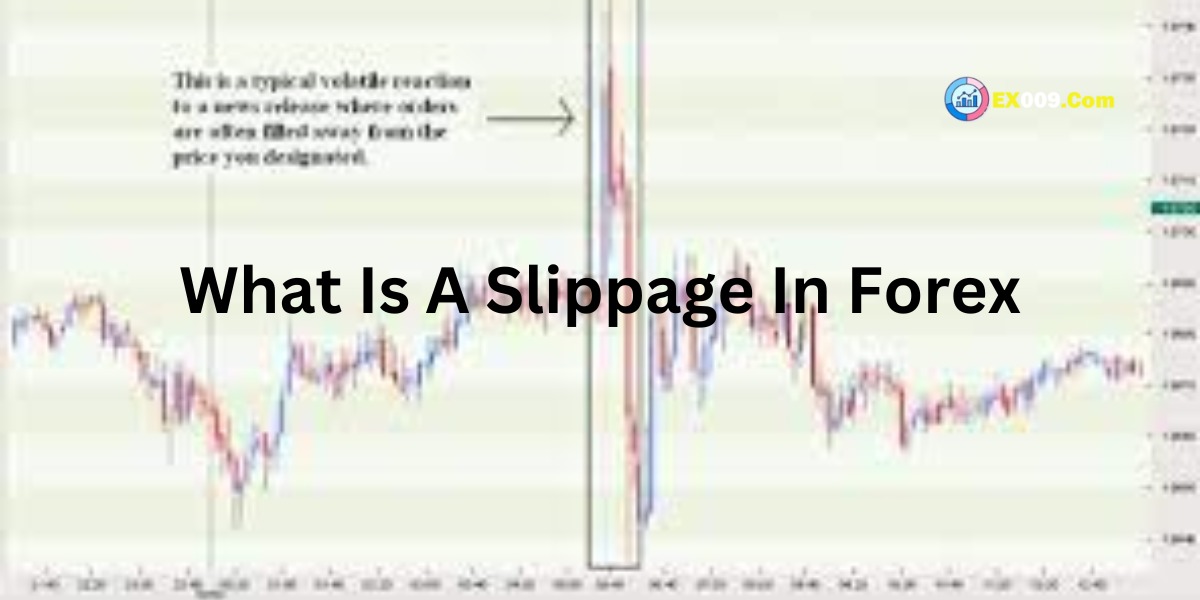What Is A Slippage In Forex?

Forex trading can be a lucrative business, but it’s not without its challenges. One of the key obstacles that traders face is slippage – a phenomenon that can cause trades to execute at different prices than expected.
In this blog post, we’ll take a deep dive into what slippage is in forex and why it matters, so you can trade with confidence and avoid costly mistakes. Get ready to learn everything there is to know about slippage and how to manage it like a pro!
What is a Slippage in Forex?
A slippage in forex is the difference between the price of a currency pair at which you are trading and its true market value. A small slippage can be caused by a number of factors, including a sudden increase or decrease in demand for a particular currency, unexpected news affecting the market price of currencies, or technical indicators diverging from historical norms. While a small slippage isn’t always indicative of impending doom, it can sometimes lead to losses if not accounted for properly.

Causes of a Slippage in Forex
Forex trading is a highly speculative activity. The risk of loss in forex trading may be substantial. You should understand the risks and be prepared to lose all your deposited funds.
There are many causes of slippage in forex, but below we will discuss the most common reasons for a loss in currency rates:
- Central Banks Moving Markets: When a central bank (e.g., the Federal Reserve) announces that it plans to start or end Quantitative Easing, this can cause significant movement in global currency markets. This volatility can result in large swings in FX rates, which could lead to losses if you are not properly positioned.
- Weak underlying economic conditions: When there is weak economic news flow (e.g., declines in exports), this can lead to lower commodity and foreign exchange prices. If you are long these assets, then a decline in prices will result in a loss of value on your position(s). Conversely, if you are short these assets, then rising prices will result in an increase in your net worth (provided no additional risk is taken).
- Technical Analysis: Many inexperienced traders rely heavily on technical indicators when making trades; however, technical analysis is an imprecise science and can often be wrong. If you trade based on technical indicators without understanding them first-hand, you may be penalized for doing so by the market. This could lead to losses in your positions.
Best Forex Trading Platform in the USA
Looking for the best forex brokers? Look no further than ex009! ex009 offers a wide variety of indicators, trend indicators, momentum, forecasts, volatility, volume, and more to help traders achieve profitable forex trading strategies. Whether you’re a beginner or an experienced trader, the ex009 library of tools will help you take your trading to the next level. So what are you waiting for? Sign up today and start profiting from the Forex market!
The forecasts section includes a wide range of forex prediction models, including linear regression models and neural networks. These models can help traders anticipate future events and exchanges rates movements. The volatility section provides real-time updates on currency prices throughout the day. This information can be used to make informed trading decisions.
Conclusion
A slippage in forex can mean a lot of different things, but generally speaking it means that the value of one currency has decreased against another. Currency traders use slippages to make informed decisions about whether to buy or sell currencies and often times these fluctuations in value are the result of news events or other factors outside of the control of traders.
If you are new to forex trading and you notice a significant slippage in your account, don’t panic – just take a step back and assess what might have caused this movement before making any rash decisions.
